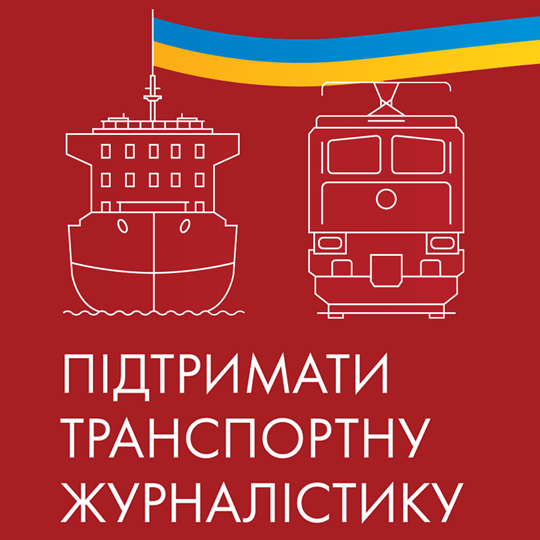The second container train from Xi'an (China) since the beginning of September arrived at the Dobra terminal in Slovakia, near the border with Ukraine, on Friday, September 25. The final destination of the train is Dunajska Streda, which is in the western part of Slovakia, 20 kilometers from Bratislava. The train passed through Ukraine on transit.
This autumn’s first train from China arrived in Dunajska Streda on 7 September, the CFTS portal reports, citing railfreight.com. Another train is currently on the way. The Xi'an – Dobra – Dunajska Streda container train will become regular in October, when five are expected to depart.
The travel time from China to Slovakia is 11 days. According to the organizers of the container train, the key factor for such a speed is that the train passes through Ukraine.
According to Martin Koubek, Silk Road business development director at the Metrans train operator (one of the train operators of the container train), the route through Ukraine is currently the fastest route because there are some delays at other borders with the European Union. Moreover, according to him, this is a much more strategic transit route for end destinations in Eastern Europe than via Belarus and Poland.
"We see big potential in this route. Customs procedures may be something that requires development, but as far as I have heard, Ukraine is willing to join the European customs NCTS system in the near future. From this perspective, it may become even easier to transport trains via Ukraine,” Koubek said recently.
It was noted that containers could be sent by rail from the Dunajska Streda terminal to the final recipients in the Czech Republic, Austria, Hungary, or Germany. It will take up to three more days.
As reported, Metrans transported the first cargoes from Xi'an to Dunajska Streda through the Dobra terminal in October last year. Regular traffic on the route was launched in early 2020, but it has been suspended due to the coronavirus pandemic.
According to Intermodal News, intermodal transport operators in the European Union are currently looking for alternative routes on the New Silk Road, and one way of increasing the number of container trains is to base transshipment operations at terminals located at the junction of 1435- and 1525-millimeter track gauges, the potential of which is currently not being realized fully. This is especially true for the "dry ports" located at the end of the railway lines from Ukraine to Poland, Slovakia, and Hungary.




